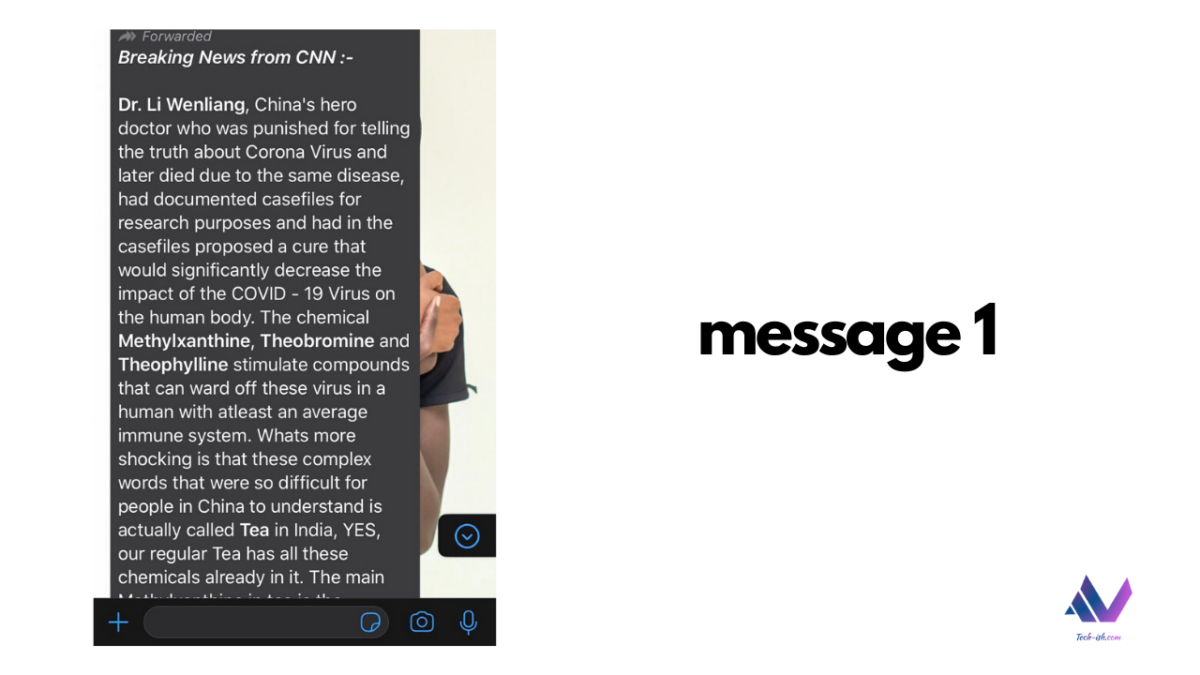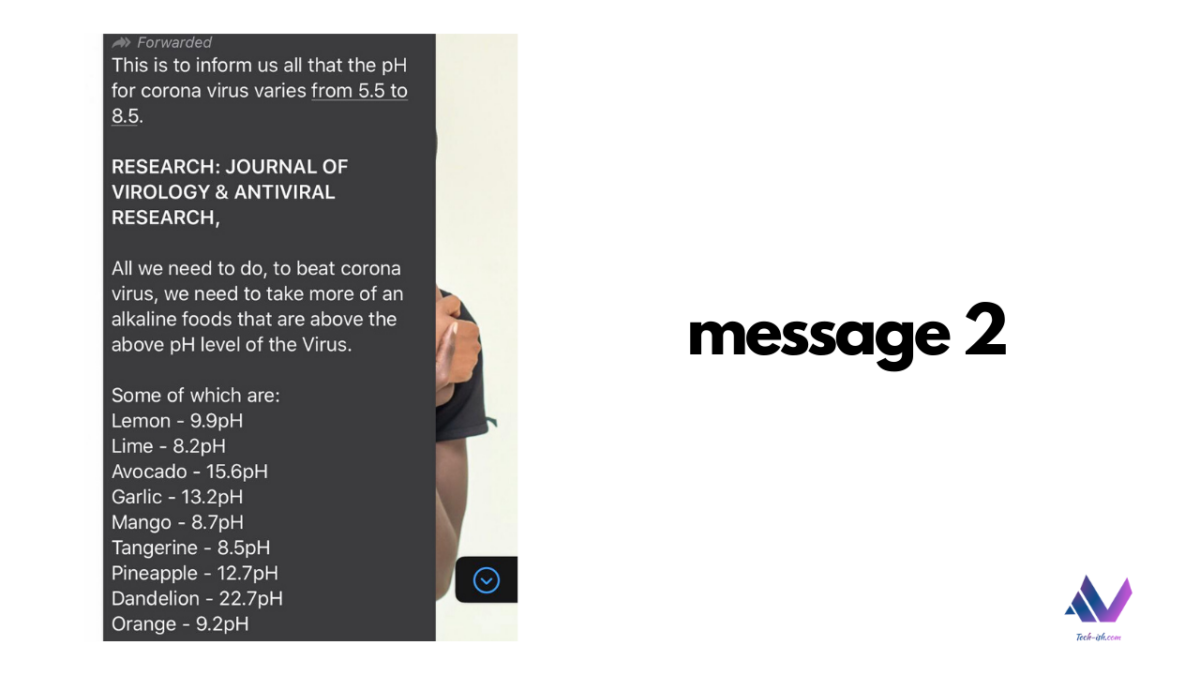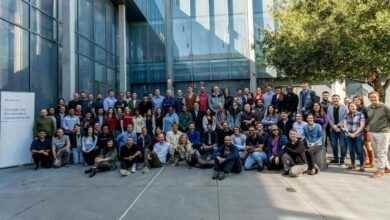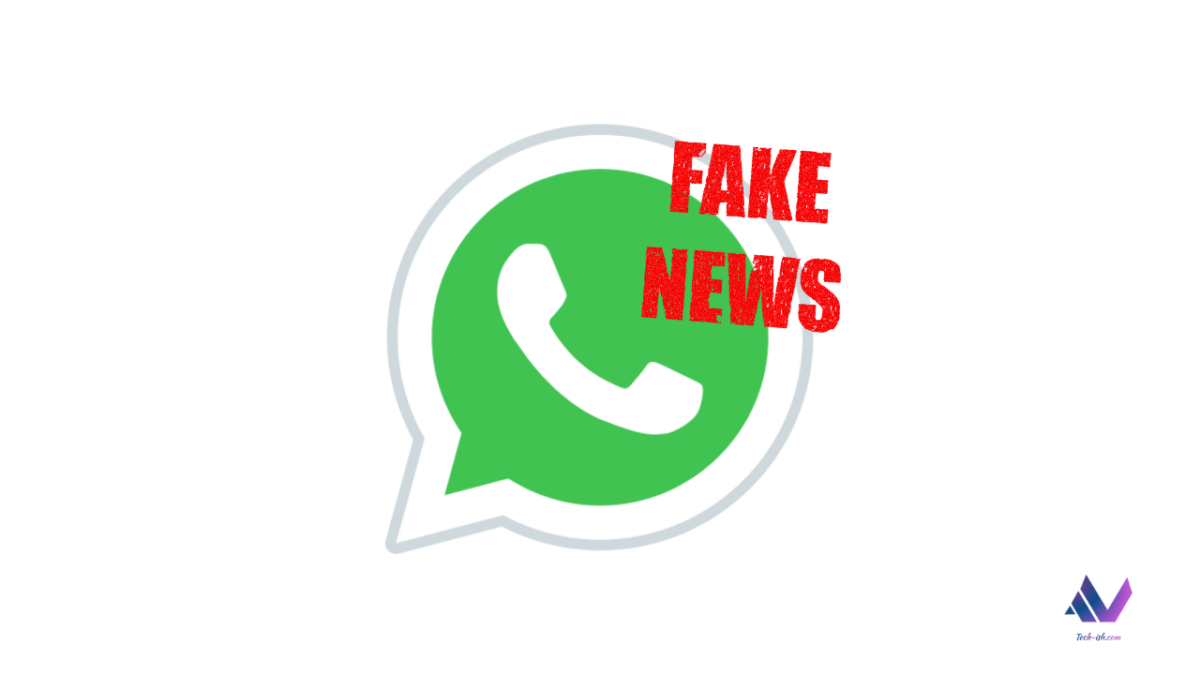
Article by Deryl Aduda. Follow him on Twitter @DerylAduda.
“Vladimir Putin has dropped 800 tigers and lions all over the country to push people to stay home…. Stay safe Everyone!!” says the latest message that has just been forwarded to a WhatsApp group I’m in.
And another one: “BREAKING NEWS from CNN: Dr Li Wenliang, China’s hero doctor who was punished for telling the truth about Corona Virus and later died due to the same disease, had documented casefiles for research purposes and had in the casefiles proposed a cure that would significantly decrease the impact of the COVID-19…”
The message goes on to “reveal” that Tea, amazingly, is the ultimate cure to COVID-19. A different version of this rumour emerged in Mombasa early Sunday morning as captured in this tweet by @Shobanes.
These sort of forwarded messages contain some of the most dubious, implausible and outrageous claims that fail the most basic fact-checking hurdles. Often, they lack scientific or logical basis but that hasn’t stopped our well-intentioned family members, friends and colleagues from sharing them anyway.
WhatsApp, owned by Facebook and used by 2 billion people, provides a platform where fake news thrives, often unchecked, reaching millions of people within a short time. The origin of these messages appears to be Facebook, the most widely used social network in the world. Facebook’s struggles and lack of effort in dealing with #FakeNews is well documented.
In times of crisis or great political upheaval, Fake News often spreads quickly, aided by that basic human instinct of sharing what humans believe to be helpful information with loved ones often to warn/educate them about matters of great concern.
Fake news fundamentally spreads because there exists a gap in sharing information, generally from the authorities to the populace. The outbreak of COVID-19 has been an interesting case study on how information is shared by these groups. Actions like World Health Organization launching a messaging service via WhatsApp to keep people informed are negated by an unqualified, middle-aged person sharing information on how to prevent a disease that didn’t even exist 6 months ago. The result of sharing unproven and sometimes harmful medical advice could mean lives are lost.
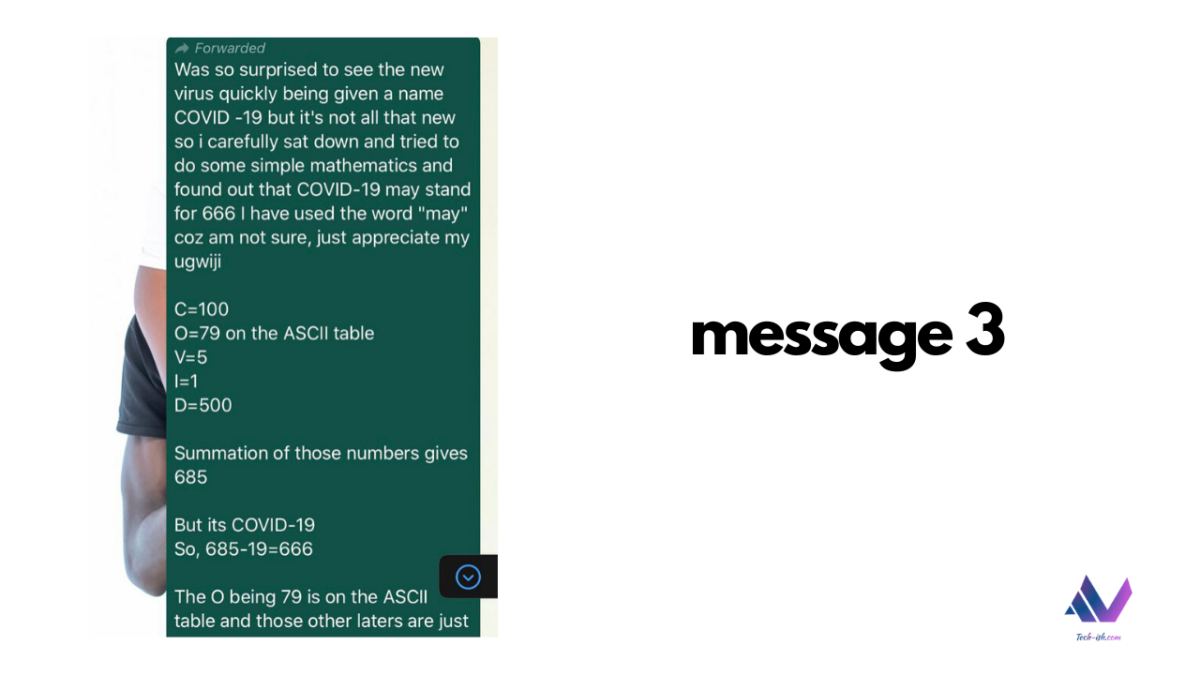
As the world continues to fight COVID-19, more and more false information, conspiracy theories and bizarre claims will spread. Our parents, aunties/uncles and religious folks will continue sharing unchecked information without care. Undoubtedly, there are young people who also fall prey to “Forwarded as received” disease but that age group is easier to educate than the older generation.
Therefore, it is important that we know how to identify it, call it out and educate the gullible. These seven rules will help you identify what’s true and what’s false.
- Check the source of the message. If the source is a friend of a friend, or a doctor friend or an unnamed, untraceable professor in some non-existent university, you are likely reading false information.
- What is the claim being made? Is it plausible/logical? Your biases might make you believe false information. Religious people are more inclined to believe false information laced with religious teachings or sources (Bible/Quran verses).
- Check the images and videos attached carefully. Have you seen them used in a different context before? Have they downloaded the images? Are they edited? (And no, Vladimir Putin did not, and is not, releasing lions/tigers on the streets of Moscow).
- Check for spelling mistakes/grammatical errors. Rarely will a reputable source of news/information make basic language errors as information is processed and passed through editors who verify and “package it.” Check for graphic design inconsistencies as well.
- Double-check links before opening them. Netflix-usa.com is very different from netflix.com.
- Check if the message has been forwarded multiple times by looking at the arrow at the top of the message. Two arrows mean the message has been forwarded multiple times and might need more fact-checking.
- Check other credible sources. If, say, something as important as a cure for COVID-19 is found, it will be reported on multiple, reputable sources. (WHO, CDC, KEMRI, MOH not on trueandrealnewsnow.co)
These are my go-to tools and resources that I use to double-check any news or information that I suspect to be #FakeNews:
It really is that simple. The time you take to forward that message is probably the same as the time you’d use to check if the message is true or not.






